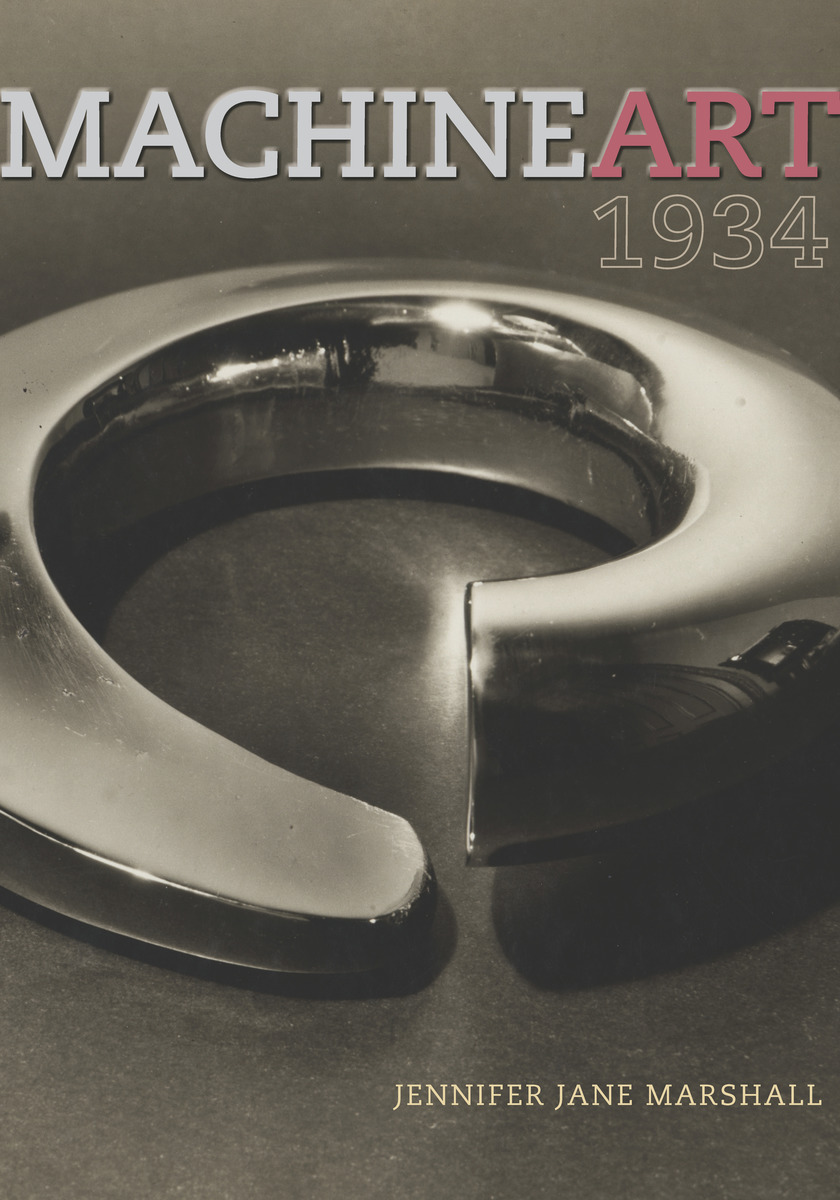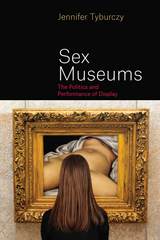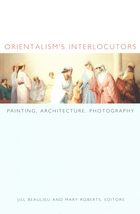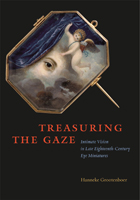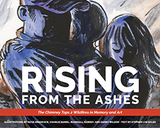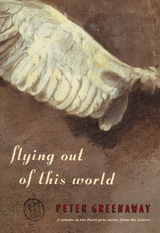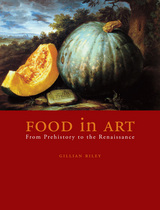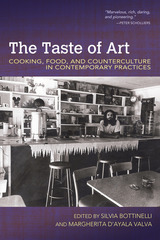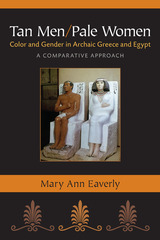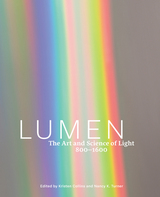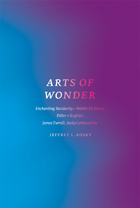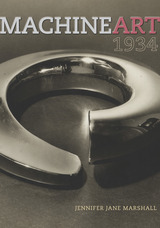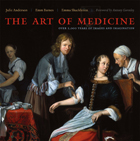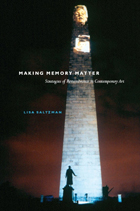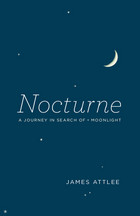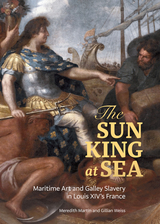Machine Art, 1934
University of Chicago Press, 2012
eISBN: 978-0-226-50717-0 | Cloth: 978-0-226-50715-6
Library of Congress Classification N8222.M27M37 2012
Dewey Decimal Classification 700.4112
eISBN: 978-0-226-50717-0 | Cloth: 978-0-226-50715-6
Library of Congress Classification N8222.M27M37 2012
Dewey Decimal Classification 700.4112
ABOUT THIS BOOK | AUTHOR BIOGRAPHY | REVIEWS | TOC | REQUEST ACCESSIBLE FILE
ABOUT THIS BOOK
In 1934, New York’s Museum of Modern Art staged a major exhibition of ball bearings, airplane propellers, pots and pans, cocktail tumblers, petri dishes, protractors, and other machine parts and products. The exhibition, titled Machine Art, explored these ordinary objects as works of modern art, teaching museumgoers about the nature of beauty and value in the era of mass production.
Telling the story of this extraordinarily popular but controversial show, Jennifer Jane Marshall examines its history and the relationship between the museum’s director, Alfred H. Barr Jr., and its curator, Philip Johnson, who oversaw it. She situates the show within the tumultuous climate of the interwar period and the Great Depression, considering how these unadorned objects served as a response to timely debates over photography, abstract art, the end of the American gold standard, and John Dewey’s insight that how a person experiences things depends on the context in which they are encountered. An engaging investigation of interwar American modernism, Machine Art, 1934 reveals how even simple things can serve as a defense against uncertainty.
See other books on: 1934 | Art and industry | Exhibitions | Modern (late 19th Century to 1945) | Modernism (Art)
See other titles from University of Chicago Press
